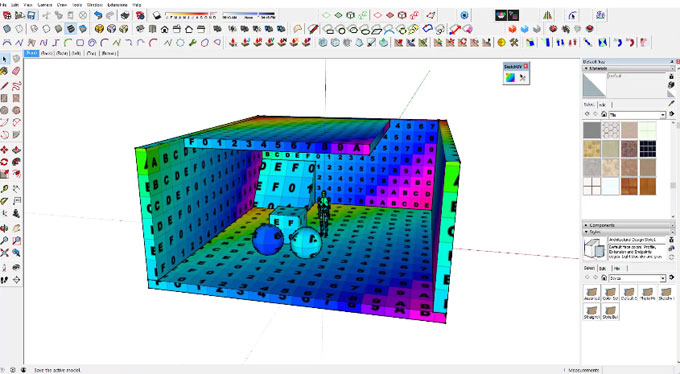How physically based rendering (PBR) can be used to improve the workflow between Sketchup & Unity

This sketchup video focuses on the following topics :-
? How to develop and quickly UV map in SketchUp for Unity
? How materials PBR function in Unity
? How to generate your own PBR textures and materials out of pictures on your phone or files which are available online.
Physically based rendering (PBR) is the most crucial feature in Unity 5. This new lighting model simulates the natural interactions of light rays and real-world materials. It can be used to produce dynamic materials which include attractive contrast and detail.
If any modification occurs in lighting or in the background, PBR will facilitate the assets to be demonstrated in the manner you like. Nearly all PBR renderers apply some form of image-based lighting, which facilitate the assets to select colors from the adjacent environment.
The video is segregated in three parts :-
Part 1: SketchUp UVs
Prior to start, ensure that SketchUV extension for SketchUp is installed from extension warehouse (https://extensions.sketchup.com/en/content/sketchuv)
Part 2: PBR in Unity
To gather more information concerning how PBR (Physically Based Rendering) textures is applied, please explore through Allegorithmic's PBR Guide Vol#1 and Vol#2 (https://www.allegorithmic.com/pbr-guide).
Part 3: Textures in PixPlant
For completing the concluding part, it is suggested to use PixPlant for seamless texture and render map creation (https://www.pixplant.com/). It is robust and user-friendly.
Article Source: http://sketchucation.com



